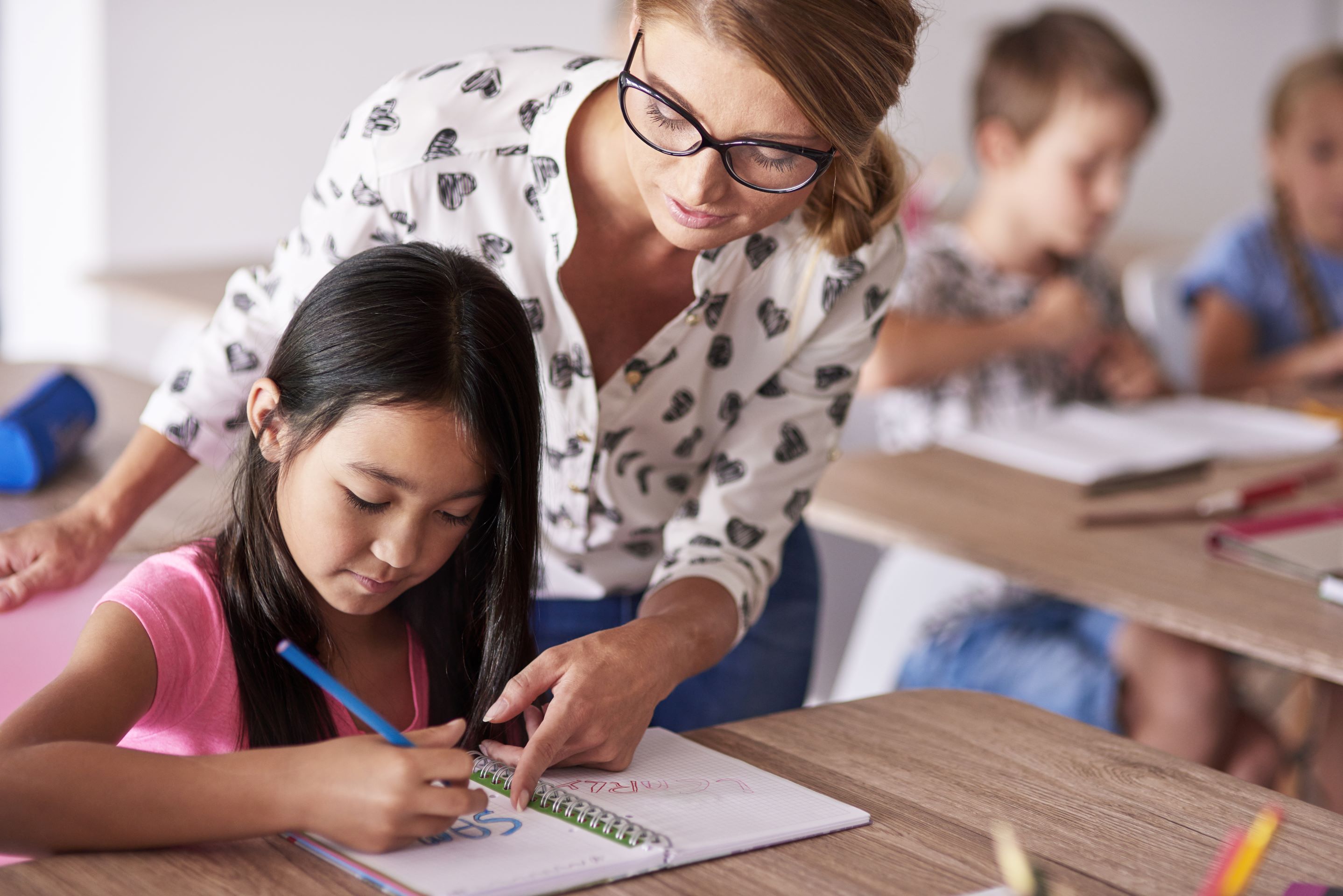Academic skills are often seen as a necessity in modern life. School is seen as mandatory and it’s important for young children to begin studying as early as possible in order to prepare for their future. Unfortunately, far too much emphasis is being placed on academic skills and little attention is being paid to other aspects of life such as key social emotional skills that are also essential for their development and to improve their lives.
More and more people are starting to challenge educational norms by pointing out the lack of attention given to social and emotional learning. If more focus was placed on developing relationships between educators and their students, it can help young children develop essential social and emotional skills that will also assist in their development.
What is social emotional learning?
Social emotional learning is the process of acquiring and applying the knowledge and skills required to manage emotions. For instance, the ability to show empathy for others, being able to self-motivate yourself through setting goals, and also learning to take responsibility for the decisions. It’s about being intelligent with your emotions and being able to control them for the sake of overcoming emotional and mental health obstacles that are required not just to succeed in school, but also to prepare for conflicts in workplaces and at home that could cause added stress.
What are examples of social emotional skills?
There are several different social emotional skills that play important roles in helping one manage their emotions and behaviours.
- Self-awareness – Being self-aware of your emotional state and understanding your own feelings.
- Self-control – The ability to act on your self-awareness and controlling the actions that result from your emotions.
- Self-confidence – Ability to believe in your own skills and ability in order to live a fulfilling life where you don’t doubt yourself all the time.
- Self-motivation – Being able to set your own goals in life and take appropriate actions in order to fulfil those goals.
-
- Tenacity – Staying mentally focused in order to stick to your goals and see them through to the end without giving up and losing your motivation.
- Rational problem-solving – Separating rational thinking from your emotions in order to solve problems that you encounter in everyday life.
- Relationship building – Communicating with others, cooperating with them and forming friends and bonds that help you avoid and resolve conflict.
These are just a couple of examples of social emotional skills that are of great importance to anyone’s life. Possessing these abilities will ultimately give a child more confidence in themselves, allowing them to develop more quickly and overcome stressful situations that could negatively affect their mental state at a younger age.
How does social and emotional learning affect schools?
Studies have started to point towards a correlation between social and emotional learning and a child’s wellbeing at both school and home. By encouraging teachers to make children aware of these social emotional skills, it can create a positive impact on their wellbeing and help them live more fulfilling and mentally stable lives. Social and emotional skills can also help children settle into their classrooms and to make meaningful relationships with their peers, allowing them to progress quickly through their learning and reduce the number of distractions and stressful situations that they could encounter.
Social and emotional learning is designed to teach children how to form and manage positive relationships, making their school the ideal environment to learn and practice their social skills. Schools can create many different social situations that are similar to real-world occurrences. This includes meeting new friends, settling into new classrooms with familiar faces, networking with new groups of acquaintances through existing relationships and even identifying and dealing with instances of bullying. By giving children the skills required to recognize and respond to different emotions, it empowers them to communicate their feelings more effectively. This means fewer misunderstandings and a deeper connection between a child and their peers, resulting in an overall more positive atmosphere in schools and other educational institutes.
Sadly, the relationship between a children and teachers is often forgotten
Social emotional learning programs are offered in most schools now, but very few of these focus on the relationships between children and their teachers despite the advantages that it can offer to both parties. If more emphasis was placed on forming relationships between a child and their teachers, it could help children better learn and understand the concepts surrounding social and emotional learning.
Although the intentions of social and emotional learning programs are good, the approach taken misses a fantastic opportunity to help children develop their social emotional skills with teachers who are far more experienced in life and can offer real-world examples and situations that give children more insight into social norms that they will be following in the future.
Studies have shown that social and emotional learning practices have drastically improved student wellbeing, productivity and behaviour. They can help students and teachers form stronger long-lasting relationships that benefit both parties by improving psychological health and wellbeing. Sadly, few schools are taking social and emotional learning seriously because they simply don’t understand the benefits that it can provide to both teachers and students.
Conclusion
When strong relationships are formed between students and their teachers, it creates a positive environment that reduces stress across the board and drastically improves productivity, behaviour and mental stability for everyone involved. Unfortunately, very little focus is being put on student relationships with their teachers especially when social and emotional learning is involved.
One of the biggest hurdles for both children and teachers to overcome is the lack of training regarding social emotional learning practices across many schools. Teachers, parents and even students understand its benefits, but teachers need to become role models for the social and emotional learning skills that they want to teach to their students and this requires educating the educators first. With this roadblock out of the way, we can start to see the real benefits of social and emotional learning programmes and how focusing on teacher-student relationships can benefit everyone.

